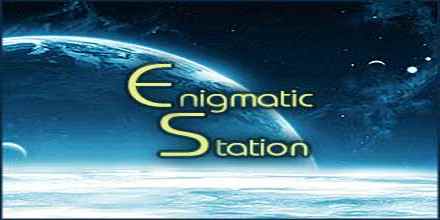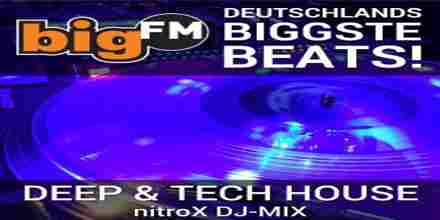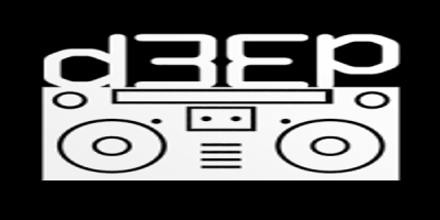Deep is a subgenre of electronic dance music that emerged in the late 1980s and early 1990s, characterized by its slow to mid-tempo beats, often ranging from 115 to 125 beats per minute (BPM). This genre is known for its atmospheric and melodic qualities, creating a sense of depth and introspection that sets it apart from other forms of electronic music. The term "deep" itself refers to the rich, layered soundscapes and complex compositions that define this style.
One of the defining features of Deep music is its use of intricate melodies and harmonies. Producers often incorporate elements from various genres, including jazz, soul, and classical music, to create a unique and sophisticated sound. The basslines in Deep tracks are typically smooth and rounded, providing a solid foundation for the melodic elements to build upon. These basslines are often complemented by lush pads and chords that add depth and warmth to the overall mix.
Deep music also places a strong emphasis on emotion and storytelling. Many tracks feature evocative vocals or vocal samples that convey a sense of longing, nostalgia, or introspection. The use of reverb and delay effects further enhances the atmospheric quality of these compositions, creating a immersive listening experience. This emotional depth is one of the reasons why Deep music has gained a dedicated following among listeners who appreciate its ability to evoke strong feelings.
In terms of production techniques, Deep music often relies on analog synthesizers and vintage drum machines to achieve its signature sound. Producers may also use sampling and looping to incorporate elements from other musical genres or create unique textures and sounds. The result is a rich tapestry of sonic elements that come together to form a cohesive and engaging piece of music.
Deep has evolved over the years, with various sub-genres and offshoots emerging within its broader umbrella. For example, Deep House is a popular variant that combines the atmospheric qualities of Deep with the rhythmic structures of house music. Other sub-genres include Deep Techno, which incorporates elements from techno and ambient music, and Deep Trance, which features slower tempos and more ethereal soundscapes.
The influence of Deep can be heard in many contemporary electronic music genres. Its emphasis on emotion, melody, and atmosphere has inspired countless producers to explore new sonic territories and push the boundaries of what is possible within electronic music. Whether it's through the use of lush pads, intricate melodies, or evocative vocals, Deep continues to captivate listeners with its rich and immersive soundscapes.
In recent years, there has been a resurgence of interest in Deep music, with many artists and producers returning to its roots to create new and innovative sounds. This renewed focus on the genre has led to a proliferation of Deep-inspired tracks and albums, as well as a growing number of festivals and events dedicated to celebrating this unique style of electronic music.
Overall, Deep is a genre that values depth, emotion, and complexity above all else. Its rich soundscapes and intricate compositions have made it a favorite among listeners who appreciate the finer nuances of electronic music. Whether you're a seasoned fan or a newcomer to the genre, there's always something new and exciting to discover within the world of Deep.
 799
799
 1
Russia Deep 256 kbps MP3
1
Russia Deep 256 kbps MP3 658
658
 2
Russia, Saint-Petersburg Deep 207 kbps AAC (LC)
2
Russia, Saint-Petersburg Deep 207 kbps AAC (LC) France Deep
France Deep




